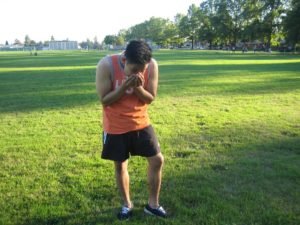Mold or fungus are known to cause different health issues among humans. An individual can develop fungal infections of different types particularly those who have weakened immune systems. Fungi are also known to release toxins that can cause various ailments.
Mold can also cause serious immune reactions due to the colonization of the lungs and sinuses. They can also cause different allergic conditions such as allergic asthma and allergic rhinitis.
What are the types that can cause allergies?
There are various types of mold but only a few are available for allergy testing. The following are likely to trigger allergic diseases based on the types of mold spores that are present in the air:
- Alternaria – this is a common type of outdoor mold that can be linked to severe asthma
- Aspergillus – this is a common outdoor and indoor mold that is also associated with allergic bronchopulmonary aspergillosis
- Cladosporium – this is a prevalent outdoor airborne mold

They can also cause different allergic conditions such as allergic asthma and allergic rhinitis. - Penicillium – common indoor mold
- Fusarium – usually found in rotting or decaying plants
- Helminthosporum
- Phoma
- Epicoccum – found in agricultural and grassland areas
- Aureobasidium – outdoor mold that is typically found on lumber, paper and painted surfaces
- Rhizopus and mucor – found on rotting leaves and moist indoor spaces
- Yeasts – typically found in the air during wet periods in agricultural areas
Preventive measures
- Outdoor mold can be prevented from entering the house by keeping the windows and doors closed and utilize an air conditioning unit equipped with allergen-grade air filters.
- The level of moisture indoors must be controlled with a dehumidifier
- Any water leaks in the kitchens, bathrooms and basements must be fixed.
- Make sure that there is adequate ventilation in damp areas
- Use HEPA-filters on vacuums or as a stand-alone air filter
- Clean any contaminated surfaces with a diluted solution of chlorine bleach solution.
- Limit any indoor house plants and if there are any, ensure that they are free from mold on the leaves and potting soil.

